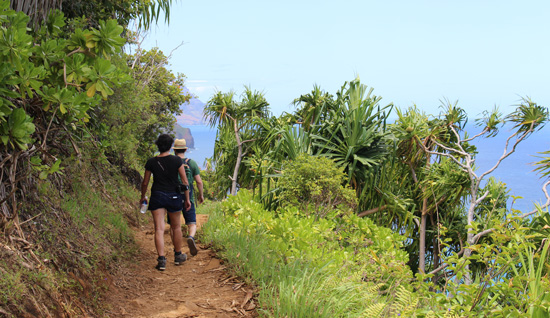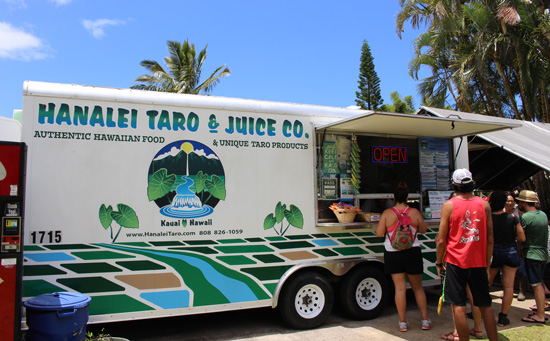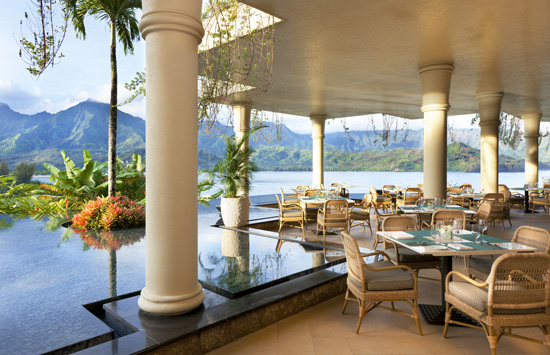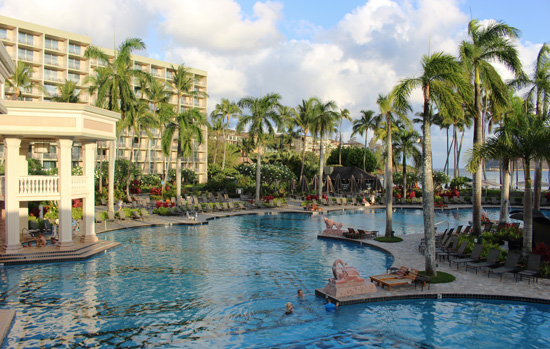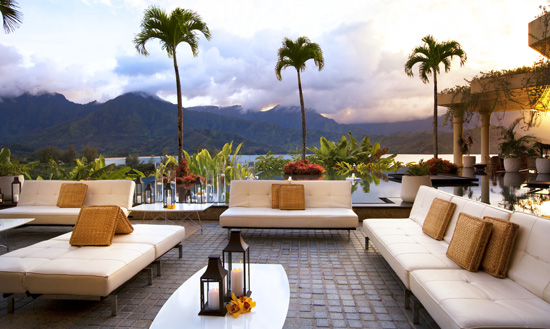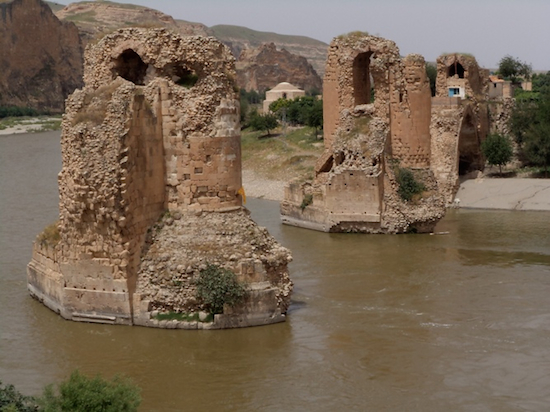Clink, clink, clink. Every strike of the hammer sends my chisel plunging into rough sandstone, dislodging tiny chunks which scatter haphazardly across the table. A tingly ache has begun to creep up behind my hunched-over back while dripping beads of my forehead perspiration dissolve into damp speckles on the red, earthy surface of the stone block.
It is Sunday afternoon, and I am learning the traditional Cambodian art of stone carving in the modest workshop of 31-year-old Poy Khet, a professional craftsman. An hour into incessantly chipping away at a square slab, an exquisite Romdoul flower — the national flower of Cambodia — is slowly but surely beginning to take shape.
“One by one, not too strong,” says Khet as he watches me struggle to control the strength exerted from my hammer. Carving the delicate contours of the flower’s petals prove to be the most difficult task for the day, and he soon takes over from my clumsy strikes and awkward balancing. Like knife slicing through a milky butter slab, the instrument weaves seamlessly in and out of the narrowest corners of the stone under Khet’s skilful hands.
Minuscule stone flakes drift off freely into the wind, like a cloud of colliding particles caught in a dust storm. It is a hypnotizing spectacle of magic; within seconds the intricately curved outline of the flower’s teardrop-shaped petals emerge into view.
In Cambodia, Khmer stone sculptures are ubiquitous- along the unpaved roads, in obscure corners of grubby places, nestled within lush greenery of forest wilderness or hawked as valuable wares in thriving marketplaces. A stone deity stands right smack in the middle of a bustling traffic junction in Phnom Penh. With eyes shut and hands in a meditative position, she cuts an imperturbable figure of serenity as vehicles around her whir by.
Over in Siem Reap, two white, glorious lion stone sculptures with manes are perched proud along a sparse and dusty sidewalk. They stare forbiddingly into the distance, the striking richness of their detail incongruous with their comparatively underdeveloped environment. Peppered all over the land, these distinctive stone sculptures are the humans of Cambodia – upright, impregnable and unscathed by the constant flux of the city.
But it is in the splendorous Angkor Wat, the first stop of my temple tour, where the most magnificent stone carvings can be found. The art of stone carving has been around for time immemorial, having flourished since the foundation of the Khmer nation. Entirely constructed from sandstone, Angkor Wat’s grandiose Khmer architecture is a sight to behold even from a great distance. It is nearly impossible to miss the pointed peaks of the temple’s iconic lotus bud towers thrusting into the sky, bearing down upon the milling tourist masses like a watchful tyrant overlooking his kingdom.
Almost every part of Angkor Wat is emblazoned with intricate carvings steeped in Hindu and Buddhist mythology, from its meandering walkways to its tall doors, thick pillars and even ceilings. From murals depicting elaborate goddesses and monkey gods and demons waged in war, all riddled in the most convoluted detail, to towering sculptures like the symbolic Buddha naga (an enlightened Buddha is seated on the coils of a giant cobra), each and every stone carving has a fascinating story to tell.
Engraved into every nook and cranny of the temple’s rugged walls are bevies of bare-breasted dancing nymphs, heads enshrined with sophisticated headgear and bodies clad with only a limp sarong.
“These are Apsaras,” my guide Thoeun Bunthy tells me. In Hindu legend, Apsaras would gainly dance to music created by their husbands the Ghandarvas, who served as court musicians in the palace of gods. Over 1,800 stone carvings of these celestial and divine female beings line the exterior and interior of Angkor Wat, their arms contorted in an array of lithe positions that seem poised to break out into graceful dance.
Along a dark and secluded corridor in a tower, a row of headless grey statues settle lonesome on thick pedestals. With the jarring absence of their heads, they cast shadows against the walls forlornly as warm sunlight streaming in through the windows illuminates their nondescript pockmarked bodies. To the average tourist on first sight, these elusive statues bear little semblance of any individuality or identity, but I soon learn from Bunthy that they are Buddha sculptures which were beheaded during the Khmer Rouge.
In 1979, the Khmer Rouge under leader Pol Pot tried to completely obliterate Buddhism, killing monks, religious intellectuals and destroying Buddhist institutions. Any representations of the Buddha were desecrated; soldiers ravaged the vicinities of temples and cut off the heads of Buddha sculptures to sell them for money in the black market. “Too expensive to restore. They want to keep history,” says Bunthy, pointing to a jagged indent left in the wake of a dismembered stone neck.
Back in the stone carving workshop, for a moment my mind wanders off. And that is when it happens: I accidentally chip away a corner of stone with the chisel, leaving a petal with an unsightly dint in the corner. My heart sinks and I cry out in dismay at the seemingly costly mistake. But Khet comforts me as he takes the chisel from my hands.
He manoeuvres the instrument with deft precision and ease, intensely scraping around the sides to even out the rough chip. Reminiscent of a skilled surgeon in an operating theater, his level of focus is astounding, never once stopping to look up until the edge of the dint has been completely smoothed. “When I work, I don’t see anyone who walks by. I see stone only,” says Khet, who has been carving stone for 17 years.
After Angkor Wat I visit Bayon Temple in the late evening, renowned for its 216 charmingly smiling stone faces of the Bodhisattva Avalokiteshvara carved into every side of its 54 towers. Each massive face projects a serene display of absolute composure, as though nothing could possibly disrupt their sublimely tranquil state of being. “The gods smile for the people, so the people can live in peace and happiness,” explains Bunthy, pointing toward the sky.
As I stare up at their comfortingly upward curved lips and closed, thick eyelids, for a moment I understand what he means. Wherever I roam in the temple, it feels like the eyes of every stone face, each facing a different direction of north, south, east and west, are trailing me. Ever omnipresent, these larger-than-life gentle giants live quietly among the citizens of Cambodia, hiding in plain sight, but watching over them from afar. They are the secret guardians of the city; waiting, protecting.
I finally lay down my chisel after close to three hours of carving. A beautifully shaped Romdoul flower stone candle holder, with a small circular yellow lily candle placed in its hole, lies before me. “You okay?” Khet asks quizzingly, looking at my flushed face. “Hard work right?”
Indeed. Fragments of stone and dust envelope the surface of the work table, like a mini excavation site. “But you do good, you faster than other tourists,” he adds. I ask him how long it takes for him to carve the same flower from sandstone. “Too fast,” he laughs sheepishly. “An hour and a half.”
For something which took a copious amount of effort and time, it is barely the size of my palm, measuring merely nine by nine centimeters. Yet what follows is an overwhelmingly indescribable feeling- almost surreal- as my fingers slowly close upon the now washed and polished stone flower, tracing every painstakingly carved defined contour, curve and swirl. It hits me then: I made this.
I leave the workshop carrying my precious homemade memento close to me, grateful that I have a piece of Cambodia to take home.




